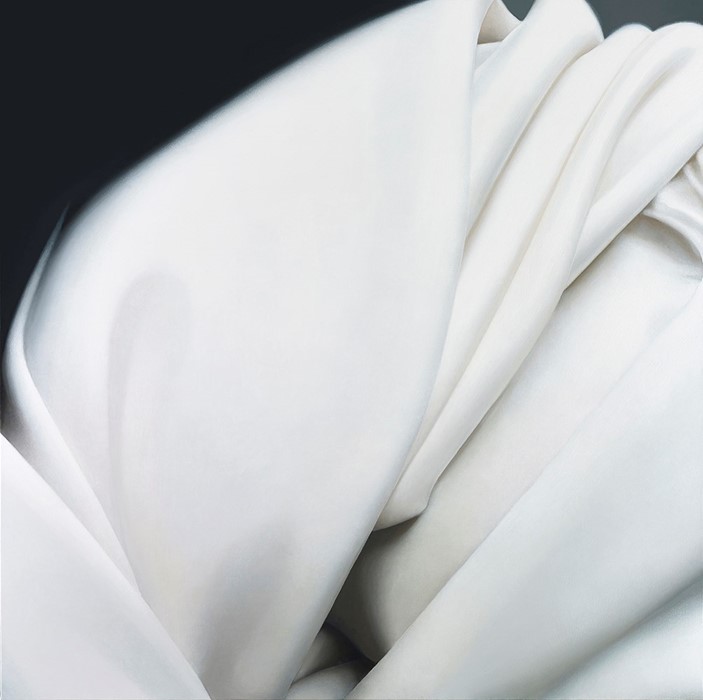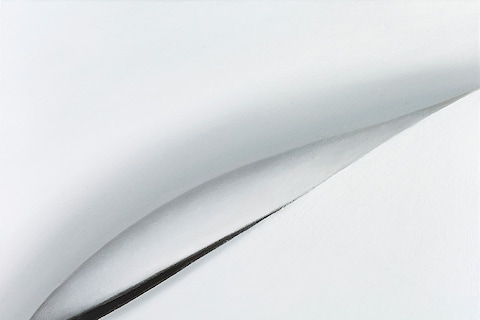We meet the Scottish painter whose delicate studies of drapery are transfixing in their intricacy
For as long as she can remember, Scottish artist Alison Watt has had two enduring obsessions: paint and drapery. She was introduced to the former as a young girl by her father, also a painter, and hasn't looked back since. "I feel very passionately about paint as a medium because I think it's unique," she tells AnOther. "It has an irresistible quality that just can't be replicated. I find you have to be in its presence; I've honestly never thought about doing anything else."
Her love affair with cloth also began in childhood. "My father often used to take me to the National Gallery in London to look at paintings," she says. "And I was always drawn to the pictures of fabric and drapery – how it folds, and how it seems to move when the body moves." In the early stages of her training and career, however, Watt's predominant focus was the human figure – a preoccupation that lasted throughout the 1980s and early 90s (in 1987 she was presented the Portrait Award by the National Portrait Gallery in London, going on to paint the Queen Mother's picture as a result.) But in the second half of the 90s, Watt began to experiment with depictions of drapery, and soon a complete fascination with fabric took over, her canvases becoming entirely devoted to expansive, wonderfully detailed studies of swathes, tucks and folds.
"What's really strange about it for me is that the longer I look at drapery in painting, the more I seem to lose my connection with its original purpose," she explains. "It begins to suggest other things to me and becomes a boundary between abstraction and figuration. I've always found it very evocative and suggestive of the human presence. I think white fabric, in particular, has quite a hold on the imagination." And indeed, it is easy to lose yourself in Watt's poetic, deeply meditative works, which from a distance appear almost photorealist but up-close reveal the tenderly applied brushstrokes and masterly technique of the medium that gave them life. Here, to celebrate the opening of a new exhibtion of Watt's intricate textile-themed works at London's Parafin gallery, we sit down with the thoughtful artist to find out more about her hypnotic practice.
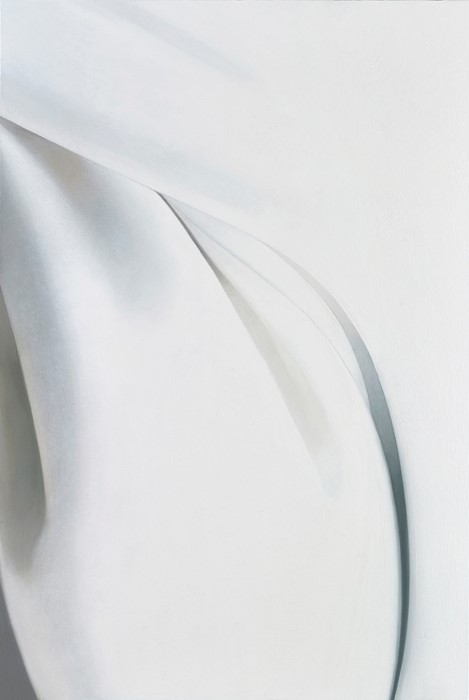
On the mysticism of paint...
"I'm really interested in how paint behaves at different distances. When you look at my work from across a gallery at a distance, it has a certain form and unity but if you go up close to it, at the distance at which it was painted, it's entirely different – the image begins to break down and the brushstrokes perform a very different function. The surface is incredibly physical.
When you're working with paint, it's something that is almost impossible to control; there are certain things it does that you just have to go along with. When you're working with it, you're not just seeing it, you're feeling it; you're inside its substance. It's a really interesting and contradictory medium to work with, which is why I find it so attractive."
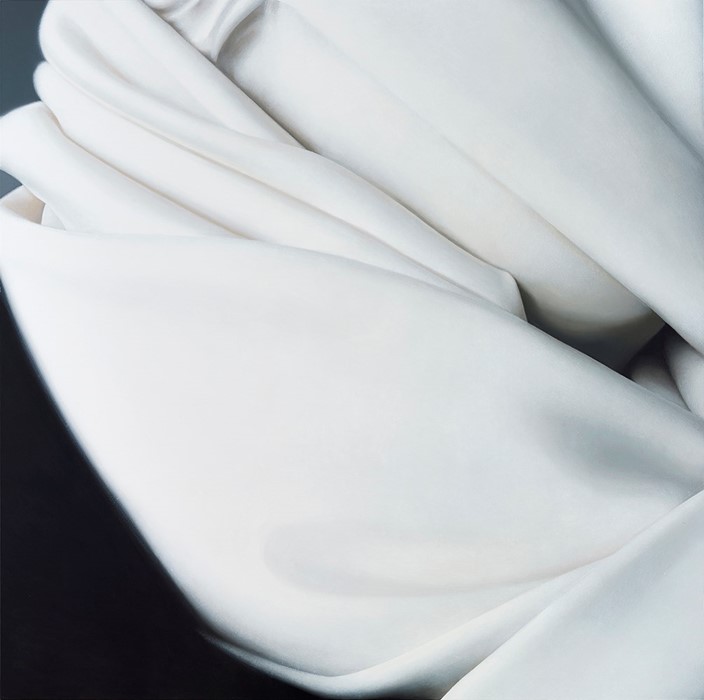
On the value of not knowing...
"When you're making a painting, not knowing is really important. Quite often, you create a body of work to try and find out why you want to make it. I had an experience last year of putting together a small retrospective, and bringing all of these paintings together – some of which I hadn't seen for about 20 years – made me realise that your entire output is a series of problems that have never been solved. It's really fascinating: the fact that there's always that feeling of looking for a resolution, something that never comes. It pushes you forward."
On prolonged looking...
"When I did my residency at the National Gallery in London, I found the experience of looking at great paintings really intense; you feel awfully paralysed at first because you're in the presence of these extraordinary artworks. But one of the best parts of the residency is that you have out-of-hours access to pictures, so you can visit the paintings for as long as you want to, whenever you want to, and that kind of magnifies the experience because you realise that these paintings just do not reveal themselves. A great painting is something that, when you come back to it, is perpetually new and constantly throwing up things that are unexpected, so it means that the experience just goes on and on. Prolonged looking has become a really important part of my practice."
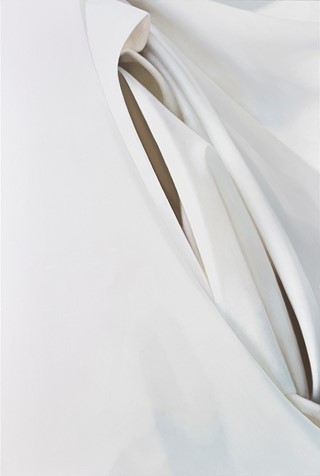
On the Venus Frigida...
"There's a painting by Rubens called Venus Frigida and I engaged with it at length. It's such an unusual picture because his portrayal of Venus is unlike any other – we're used to seeing Venus looking languid in warm surroundings and in this painting she's crouching and shivering in a glowering landscape. And then the structure of the picture is very complex, firstly because Venus's back is to the viewer and also because the three figures in the painting create an arc, so the geometry is very interesting. When I realised this, I noticed that in my own paintings, the shape of an arc had occurred – when you engage with a picture in that way I think it begins to take over; the more aware that you are of its spatial complexity, the more it has an effect on the paintings that you're making. So the paintings in the show have been very much influenced by Venus Frigida."
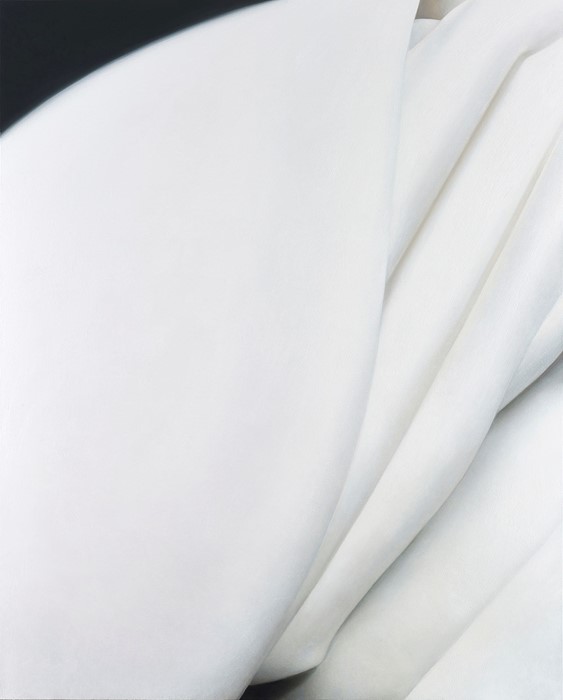
On commenting upon one's own work...
"It's very difficult to say what your own work will do to others. When you're in the studio, it's so solitary. You go in there every day and gradually as the paintings are completed, you realise that you're creating a world of your own, surrounding yourself with the contents of your own mind, and that there's a conversation going on around the walls. But once the paintings leave the studio, they take on their own life. They're open to other people's interpretation and I think that's part of the magic of paintings. It would seem wrong for me to try to prescribe a meaning to a painting; you want it to be open and to take hold of everyone else's imagination differently. There's a story that I really love about the composer Schumann – apparently once he was asked to explain a piece he'd just played on the piano and his response was to sit back down and play it again. And that really is the only response you can give, because these things just aren't to be explained in my mind."
On her most treasured advice...
"The best piece of advice I was given was when I was in art school. One of my tutors said you should always do things that you find difficult. I think that's really true because fighting the inner voice that says you can't do something is a difficulty for everyone. If you're creative in any way, whether you're a writer or a visual artist, you have to be brave – because you're spending your entire life working to a set of rules partly made up by you, and the idea that anyone else might engage always with that is always a miracle! So you have to be brave and challenge yourself."
Alison Watt: The Sun Never Knew How Wonderful It Was is at Parafin until May 7, 2016.
